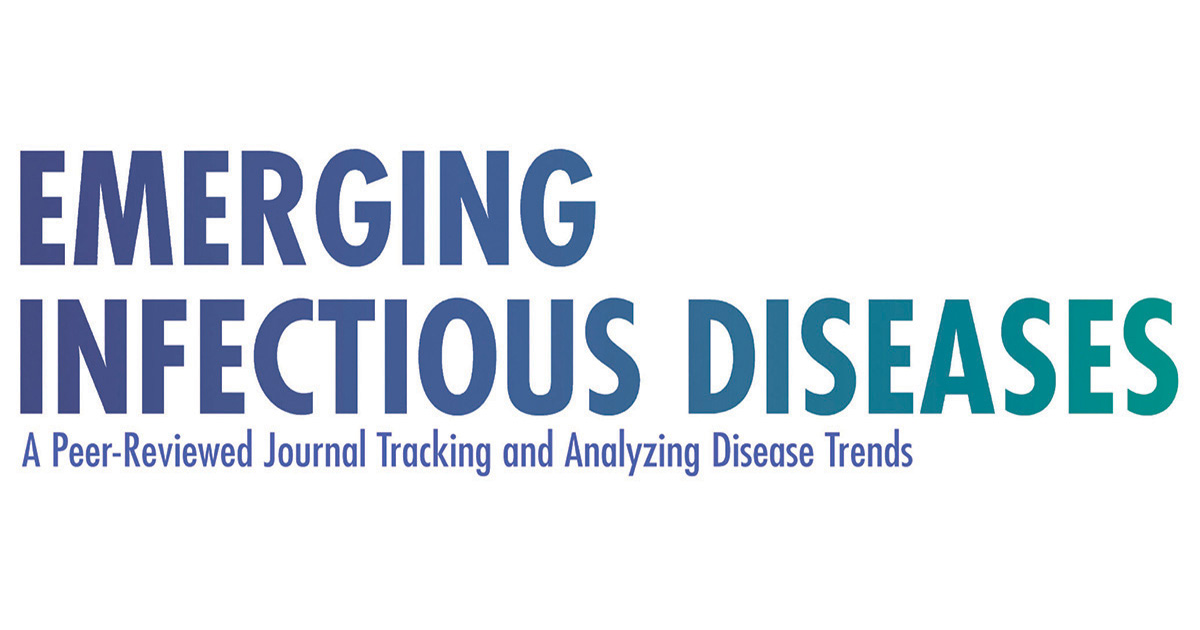The CDC analysis indicates that the incidence of resistant Salmonella infections was higher in 2015–2016 than in earlier periods during 2004–2014. They estimated a 40% increase in annual infections of Salmonella resistant to ampicillin or ceftriaxone or nonsusceptibility to ciprofloxacin. During 2015-2016.There were ~ 222,000 infections in 2015-2016 vs ~159,000 in 2004-2005. Ciprofloxacin-resistant infection accounted for more than ½ of the increase. Serotype Enteritidis contributed the most to this increase. Chicken and eggs have been the main domestic sources of Enteritidis infections. In the United States, ciprofloxacin-nonsusceptible strains of Enteritidis and other serotypes have been isolated from imported seafood. Plasmid-mediated quinolone-resistance genes have been detected among ciprofloxacin-nonsusceptible isolates in the United States. These genes might contribute to the spread of fluoroquinolone nonsusceptibility. Estimates of changes in resistance incidence can help identify trends of greatest concern to set priorities for prevention. @ https://wwwnc.cdc.gov/eid/article/27/6/20-4486_article
Increased antimicrobial-resistant in Salmonella Infections, United States, 2004–2016
Increased Incidence of Antimicrobial-Resistant Nontyphoidal Salmonella Infections, United States, 2004–2016
Increased Incidence of Antimicrobial-Resistant Nontyphoidal Salmonella
No comments

